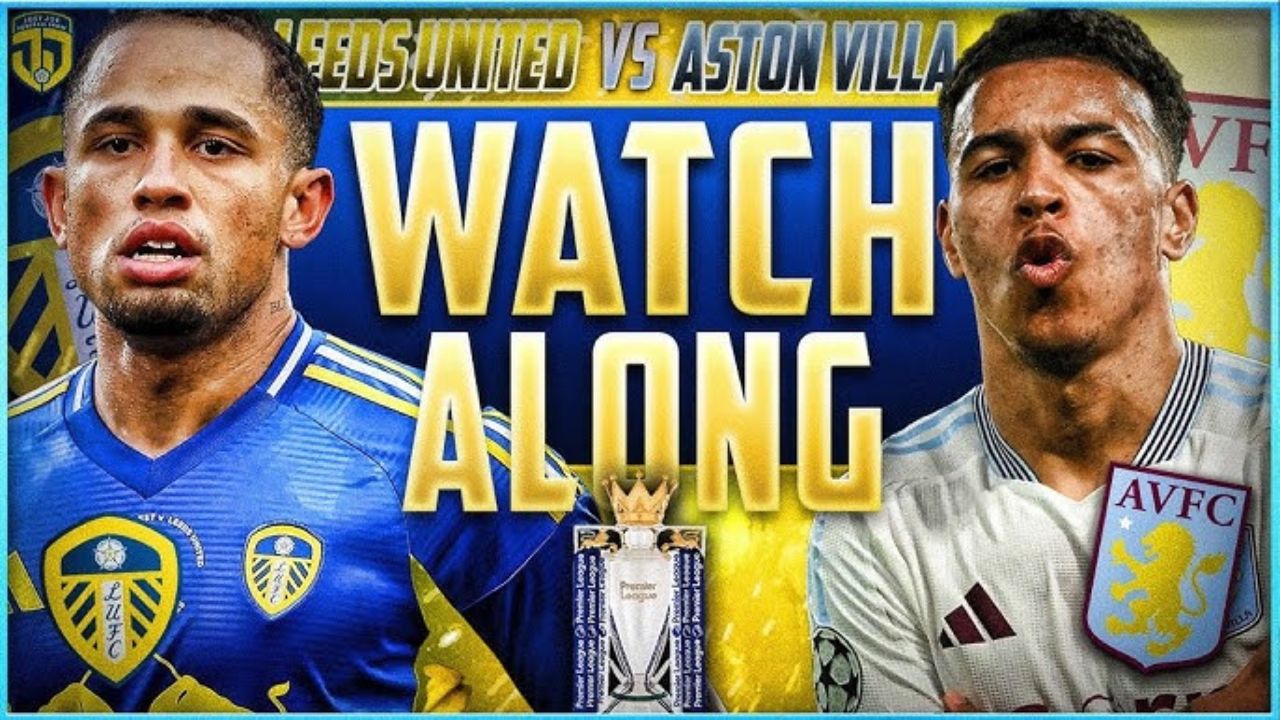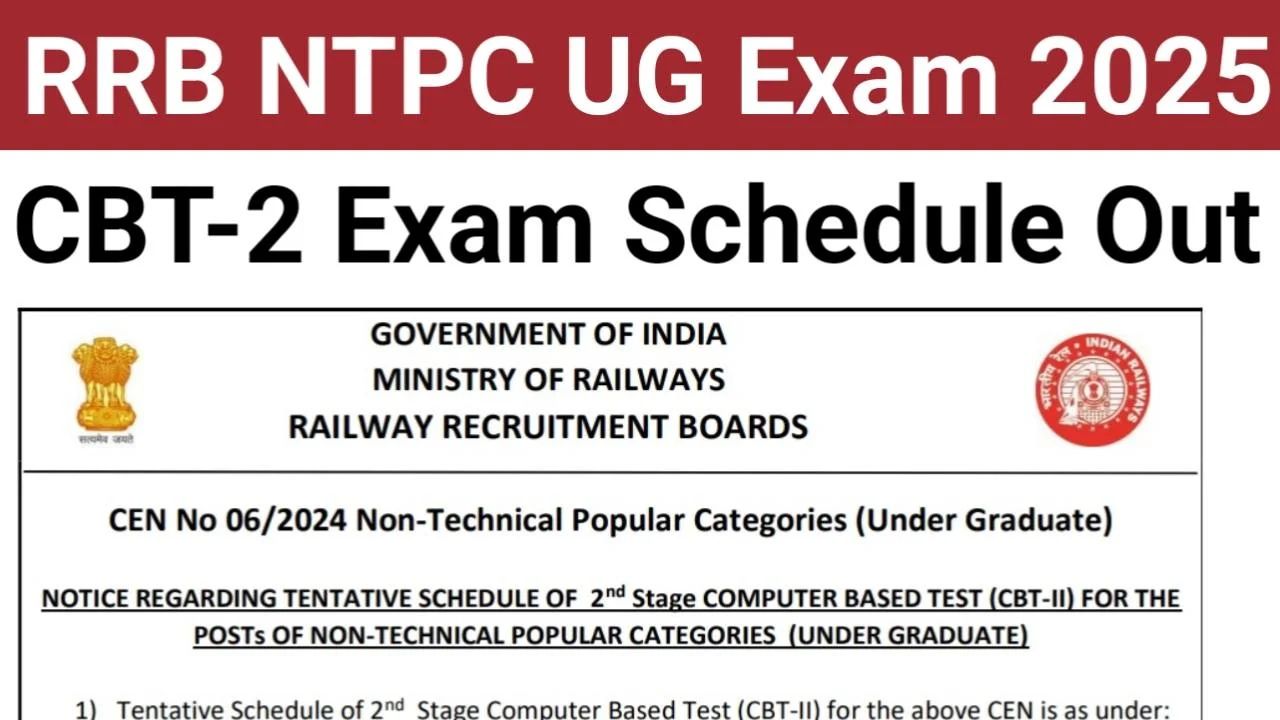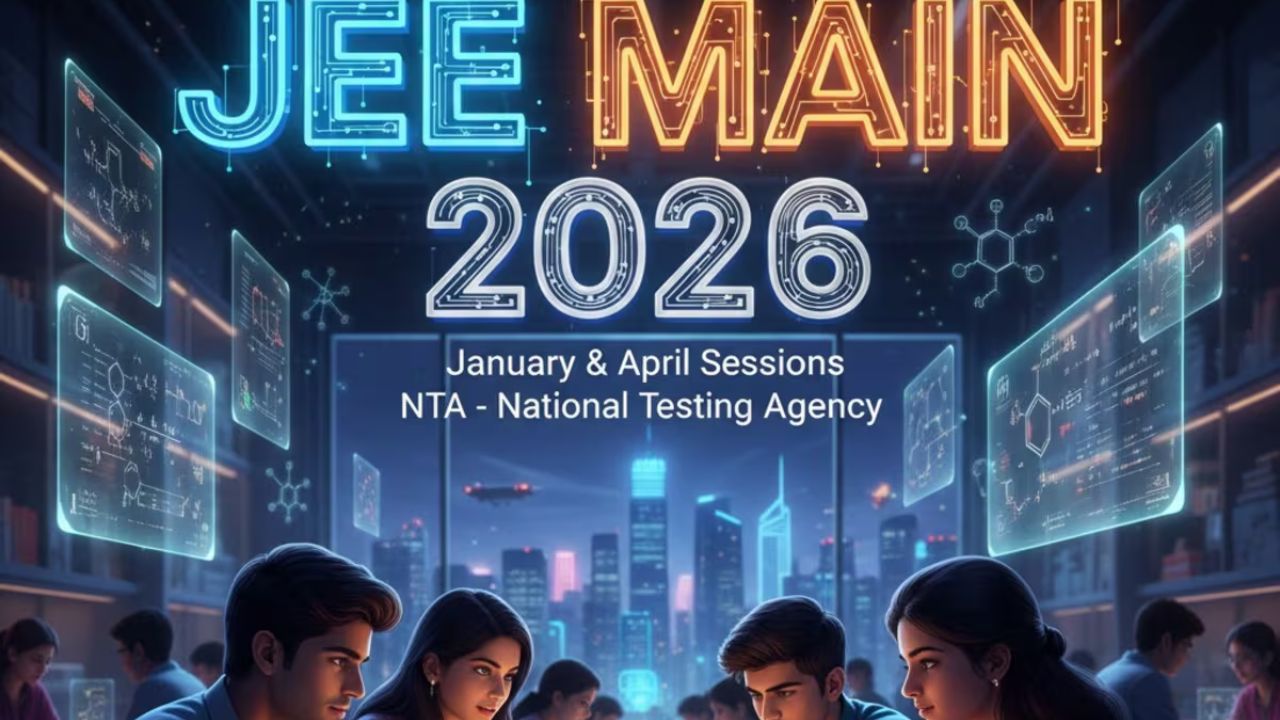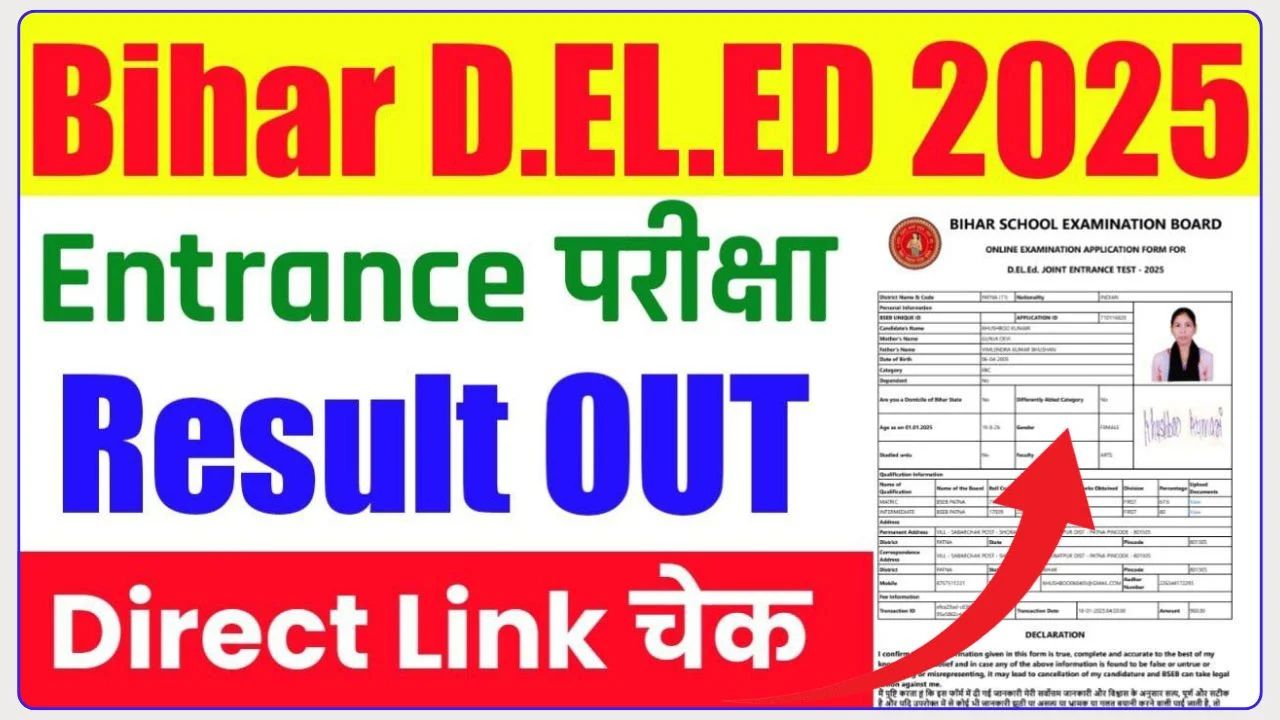Perth Scorchers vs Brisbane: Heat Match Tonight? Know Where to Watch Start Time and Key Players.
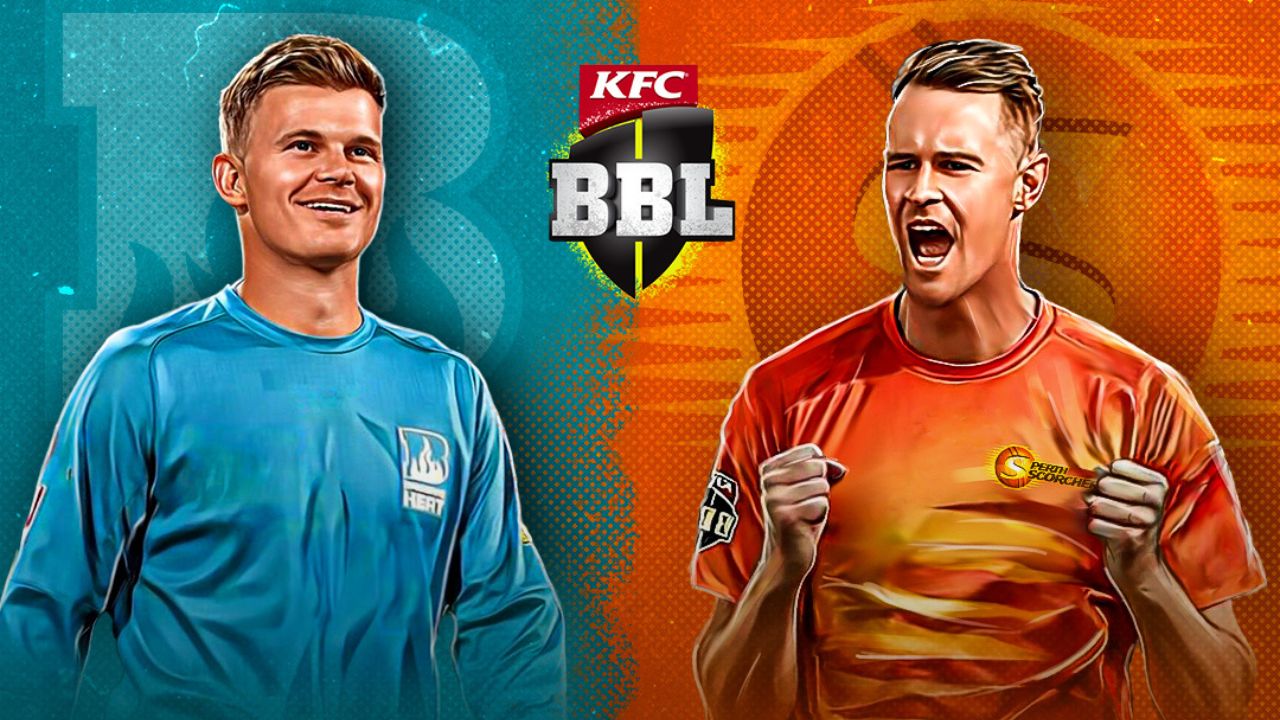
Introduction
Perth Scorchers vs Brisbane: Perth Scorchers vs Brisbane Heat is one of the Big Bash League’s most compelling fixtures, pitting a pace-heavy Perth unit against a fearless Brisbane batting lineup in a rivalry defined by high intensity and razor-thin margins. Recent seasons have seen momentum swings, but Perth’s consistency and home advantage keep them marginal favorites whenever the contest shifts to Optus Stadium.
Match context and rivalry
These sides regularly clash in high-stakes BBL ties, with Perth’s structured bowling plans often neutralizing Brisbane’s powerplay aggression. The fixture has produced standout bowling spells and decisive death-over surges, underscoring how powerplay execution and middle-overs control decide outcomes.
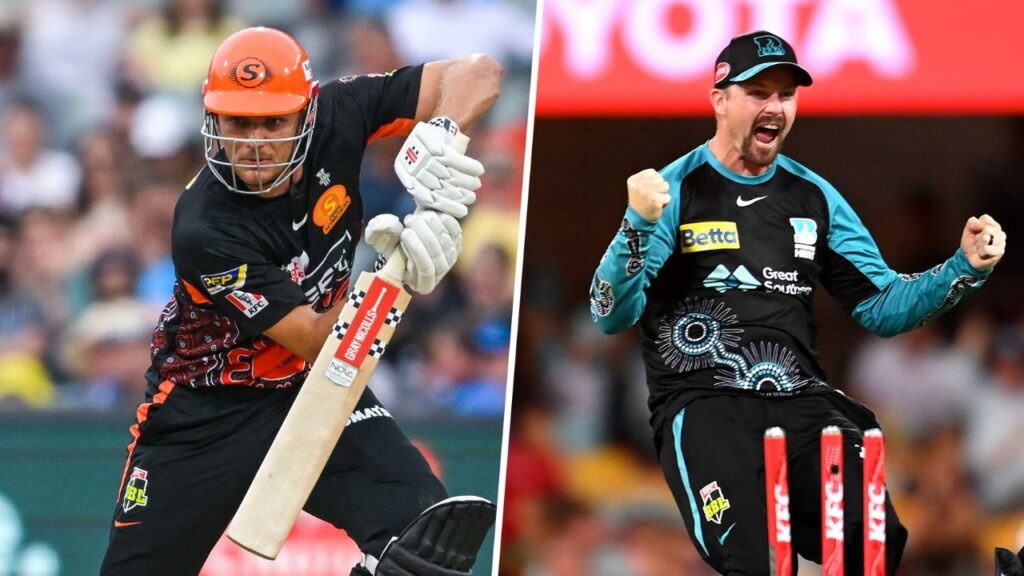
Head-to-head record
Historical numbers favor the Scorchers, who have won the majority of meetings across BBL seasons, reflecting their stronger bowling depth and home efficiency. In recent editions, Perth have registered statement wins, including a 35-run victory where their seamers controlled both ends of the innings.
Read Also
Optus Stadium pitch report
Optus Stadium offers extra bounce and lateral movement with the new ball, rewarding hard lengths and attacking seam bowling early. As the surface settles, batting becomes more fluent, making 2nd-innings chases viable if wickets are intact through the first six to eight overs.
Key players to watch
- Perth’s experienced death specialists have swung results with accurate yorkers and cutters, highlighted by match-winning hauls in recent meetings. Their middle-order finishers consistently add 30–40 impact runs that stretch par beyond reach.
- Brisbane’s top three dictate outcomes; if they absorb the early bounce and strike rate remains above 130 after the powerplay, Heat typically push games deep. Their seam-bowling leaders can remove Perth’s anchors, opening the door for middle-overs squeeze.
Probable XIs and roles
- Perth: Top-order stability with an accelerator at No. 4, seam quartet leveraging bounce, and a death specialist closing with 3–4 overs across phases. One spinner used as a matchup option, especially to Brisbane’s left-handers.
- Brisbane: Aggressive openers, a floating No. 3 to counter matchups, and pace spearheads hunting early edges before using cross-seam on the two-paced stages. A power hitter at No. 6 is crucial to maximize the last five overs.
Tactical match-ups
- New ball vs Heat openers: Hard length into the hip and fourth-stump channels in Perth’s bounce corridor have historically disrupted Heat’s early charge. Slips in for longer with two catchers in the ring remains a viable plan for the first three overs.
- Middle overs vs Scorchers’ anchors: Heat’s best windows have come by denying singles to Perth’s stabilizers, forcing aerial risks to long-on/long-off. Leg-spin to right-hand anchors and off-spin to left-hand accelerators are consistent matchup levers.
Winning strategies
- Perth Scorchers
- Bowl first if conditions show live grass and cloud cover; exploit movement for 2–3 wickets in powerplay to cap Heat at a below-par total.
- Bat in gears: 40–45 in powerplay with minimal damage, then target 10–12 overs for boundary clusters against second/third seamers.
- Brisbane Heat
- Shield top-order with clearer roles: one enforcer, one absorber until bounce eases, keeping wickets for a 55+ final five overs.
- Use cross-seam and back-of-length in the middle overs to deny Perth’s hitters leverage; save two overs from the lead quick for the death.
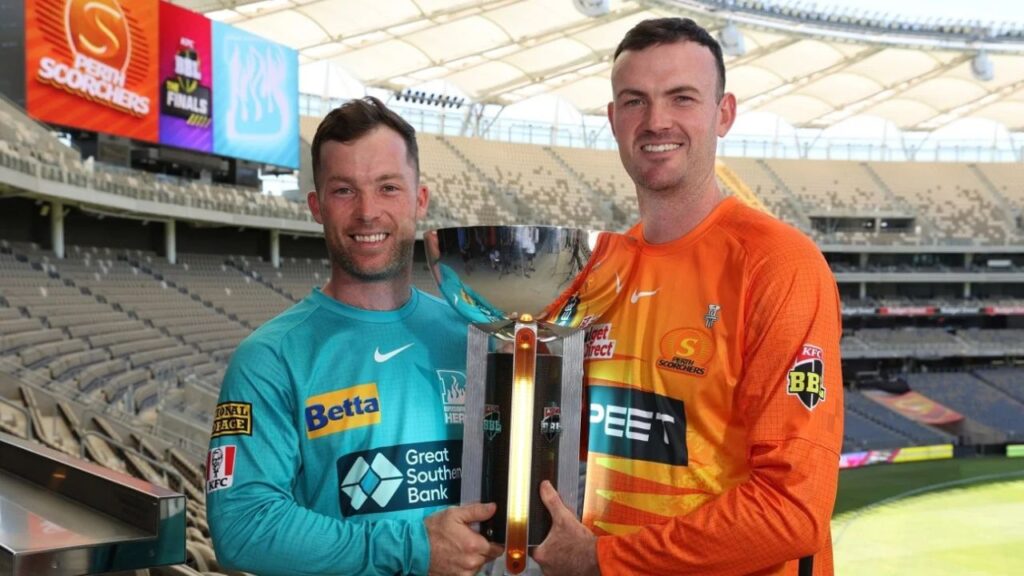
Quick stats and records
Optus Stadium’s T20 profile indicates a balanced venue: chasing sides have won slightly more often in some samples, but totals near 160 remain competitive. Across BBL at Perth Stadium, results between batting first and chasing have been nearly even, emphasizing execution over toss at this ground.
Scannable bullets: what will decide the game
- New-ball control vs Heat top order across first 16–24 balls.
- Perth’s death accuracy: yorker percentage and slower-ball deception.
- Brisbane’s middle-overs rotation: boundary denial and dot-ball pressure.
- Fielding efficiency in the deep: converting half-chances at long-on/long-off.
- Matchups: leg-spin to Perth right-hand anchors, pace-on to Heat finishers.
FAQs
Q1: What is the head-to-head record between Perth Scorchers and Brisbane Heat?
Perth Scorchers lead the rivalry overall, reflecting sustained success across multiple BBL seasons and crucial knockout moments, while Brisbane Heat have delivered sporadic statement wins when their top order fires early.
Q2: Is Optus Stadium better for batting or bowling in BBL?
It is balanced with a tilt to pace early: extra bounce and movement aid seamers in the powerplay, but conditions ease for batters later, making measured chases feasible if wickets are preserved.
Read Also
Q3: What’s a par score at Optus Stadium for Scorchers vs Heat?
Given bounce and outfield pace, 160–170 is typically competitive; totals become defendable when wickets fall in the powerplay and cross-seam grip appears late.
Q4: Which bowling plans work best against Brisbane Heat?
Hard length into the pitch with a packed off-side ring, followed by leg-spin to disrupt rhythm through the middle overs, has curtailed Heat’s acceleration in past meetings.
Q5: Who are the potential game-changers in this fixture?
A seasoned Perth death bowler and Brisbane’s powerplay enforcer shape outcomes; their success in the first and last five overs often flips win probabilities decisively.
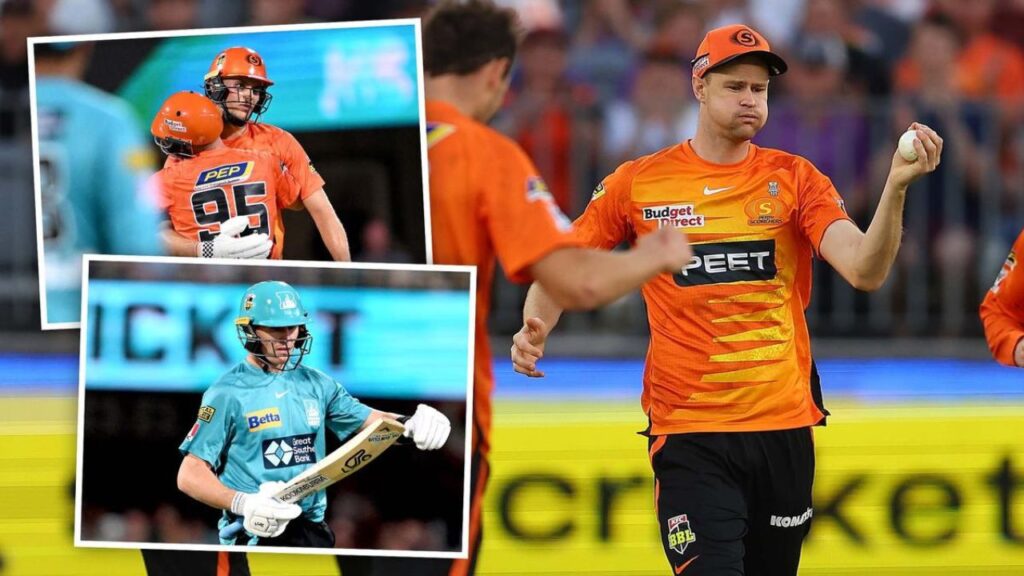
Conclusion
Perth Scorchers vs Brisbane Heat hinges on who wins the powerplay and controls the death, with Optus Stadium’s bounce making discipline the decisive trait. For deeper prep, review the Optus Stadium pitch dynamics and the historical H2H trends, then tailor your squad or coverage to these matchup levers.
